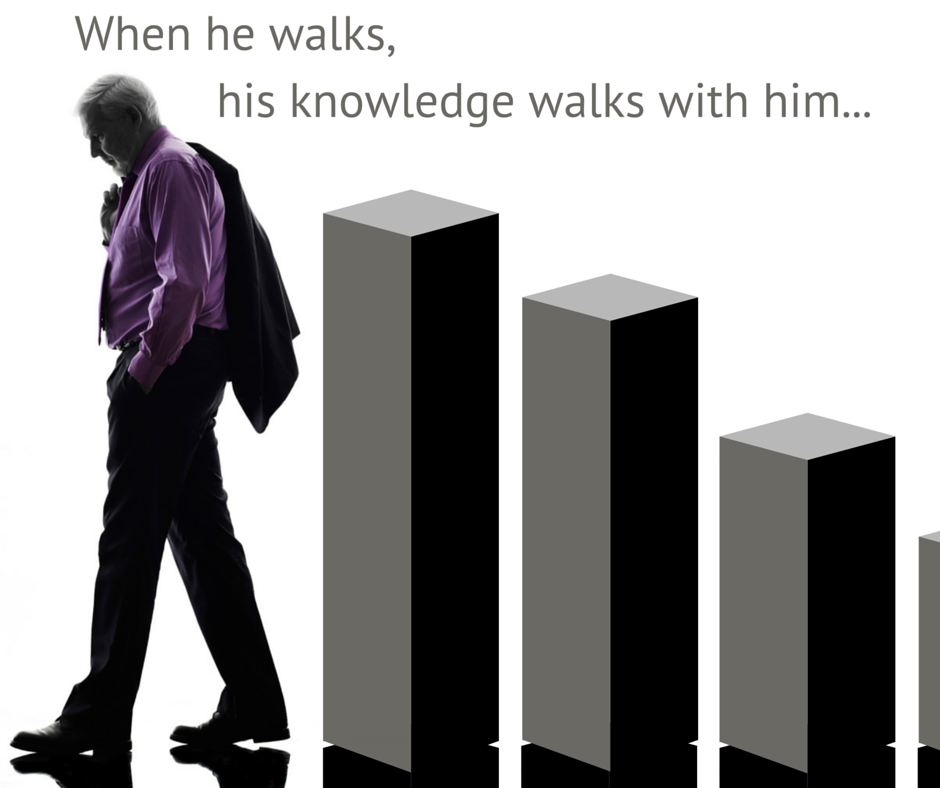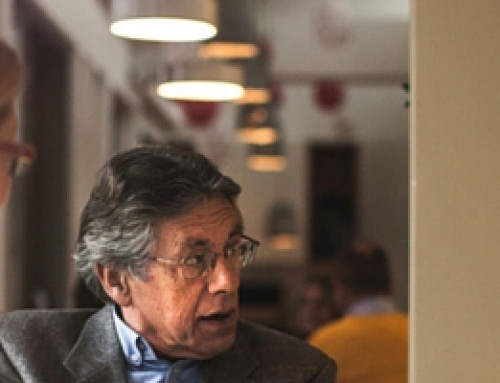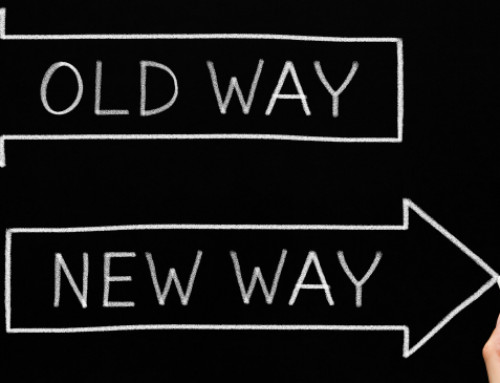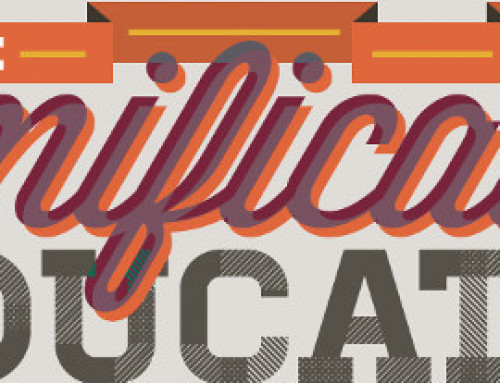You may have noticed that the average age of the workforce has shifted dramatically recently. It’s getting younger. You may also have noticed that older generations of workers are also shifting: they’re aging out and retiring.
Shift happens. Change is inevitable. It’s a part of life. It’s even necessary.
The problem with shift.
As the baby boomer generation shifts into retirement, knowledge is shifting out of the workforce. Estimates suggest that the rate of retirement is a staggering 10,000 people per day. That equates to accumulated centuries of knowledge: best practices, processes, leadership, wisdom, and other valuable legacy information. And we run the risk of losing that vast and vital resource.
More shift.
US workers stay at a job for an average of only 4.6 years. Although that is an improvement over previous years, it still means that companies are losing valuable training resources and the knowledge that is being learned by those workers. Add to that the fact that college graduates change jobs after less than a year, and Millennials tend to stay at jobs for 3 years or less. All this adds up to a serious crisis of knowledge management.
And that’s not all. Consider the resources that go into training each employee. There is a tangible cost in terms of time, money and productivity. But there are also costs that don’t immediately express themselves in hours and dollars. Think of the impact on other employees, and on the leadership potential within the company. Both are casualties of all this shift. Then there’s a whole other dimension that we need to factor in when our work environment includes part-time or seasonal employees.
That’s a lot of shift to deal with.
The Magic of the ‘e’ in ‘eLearning.’
eLearning will not stop shift from happening. To say that it will is just silly. But what eLearning can do is help you retain the information that your organization has accumulated over the course of its lifetime of human resources, and also retain control of that information.
The information and knowledge that new employees need to learn have been developed by your organization over time. The loss of that knowledge to shifting demographics is a terrible waste. It is also preventable. Valuable and unique legacy information, such as best practices, streamlined and refined processes, even organizational history, and trademarked or proprietary procedures can all be documented and stored in electronic form. That’s the magic of the “e” in “eLearning.”
Archiving the information in a variety of media creates a storehouse of information. Webinars, videos, simulations and other forms of electronic media are all tools that can be used to communicate and present the information for current and future employees. Using your stored information as content, a good eLearning course designer can create customized scenarios to train your employees with the information most relevant to their task(s) at hand.
Learning is now mobile.
With the power of the internet, knowledge can be transferred, on-demand, to the people who need the information. In other words, training can happen anytime, anywhere, on any device, and for a specific audience, as long as there is a connection to the internet. The material can be broken up into bite-sized pieces, relevant to a specific group of employees, tasks or processes. And every step of training can be monitored, and even rewarded and certified, if necessary. You maintain the security of your proprietary information or permit broader access as content allows.
Customized delivery of material
Learning Management Systems can incorporate many different forms of media, including social media. This allows learning to be customized according to the needs of the learners, as well as the demands of the content itself. eLearning can therefore greatly enhance Instructor-Led Training, providing a wealth of information as an online resource that augments the personal touch of a classroom setting. Many training programs now feature some blend of ILT and eLearning.
No More “Broken Telephone”
Documenting and archiving the knowledge of your people also reduces — even eliminates — the kind of shift that happens along a chain of communication. Many organizations experience a sort of “broken telephone” effect, where knowledge is handed down from peer-to-peer, but imperfectly. If unchecked, this shift in information can lead to shortcuts and process errors, and ultimately lead to serious damage, even injury. eLearning standardizes the information for your learners. And the knowledge can be folded into scenarios and simulations. Employees encounter real-life situations in the safety of a training environment. They then apply the best practices before they ever have a chance to pick up a bad habit. Although accidents can still happen, you are reducing the chances of errors by ensuring that all employees are learning the same information from the get-go.
While standardizing your information might seem limiting at first, the eLearning environment can be created to allow for innovation and creative thinking. Video simulations allow learners to experience a situation and develop new best practices. Social media can be incorporated into the learning such that learners share experiences, perspectives and insights. The system preserves legacy information while also encouraging growth, especially as new ideas, technologies and applications become available. So you get the best of both worlds: you can retain the quality and standard of your information, while providing room for development and growth.
Investing in the future
A company’s legacy information is one of its most valuable assets. Finding ways to preserve and develop that asset is an investment for the future. It’s true that documenting and archiving an organization’s accumulated knowledge can be a daunting task. But it is necessary. Consider that the cost of losing valuable knowledge is too great for us to pretend it isn’t happening.
In the next blog, we’ll take a look at a real challenge faced by a client, who was a potential victim of the shift that’s happening in the workforce. And we’ll look at three practical ways that we were able to capture the valuable experience and information of retiring employees.
In the meantime, the shift in the workforce isn’t waiting. The time to act is now.





[…] Read the full story by KMI Learning Blog […]